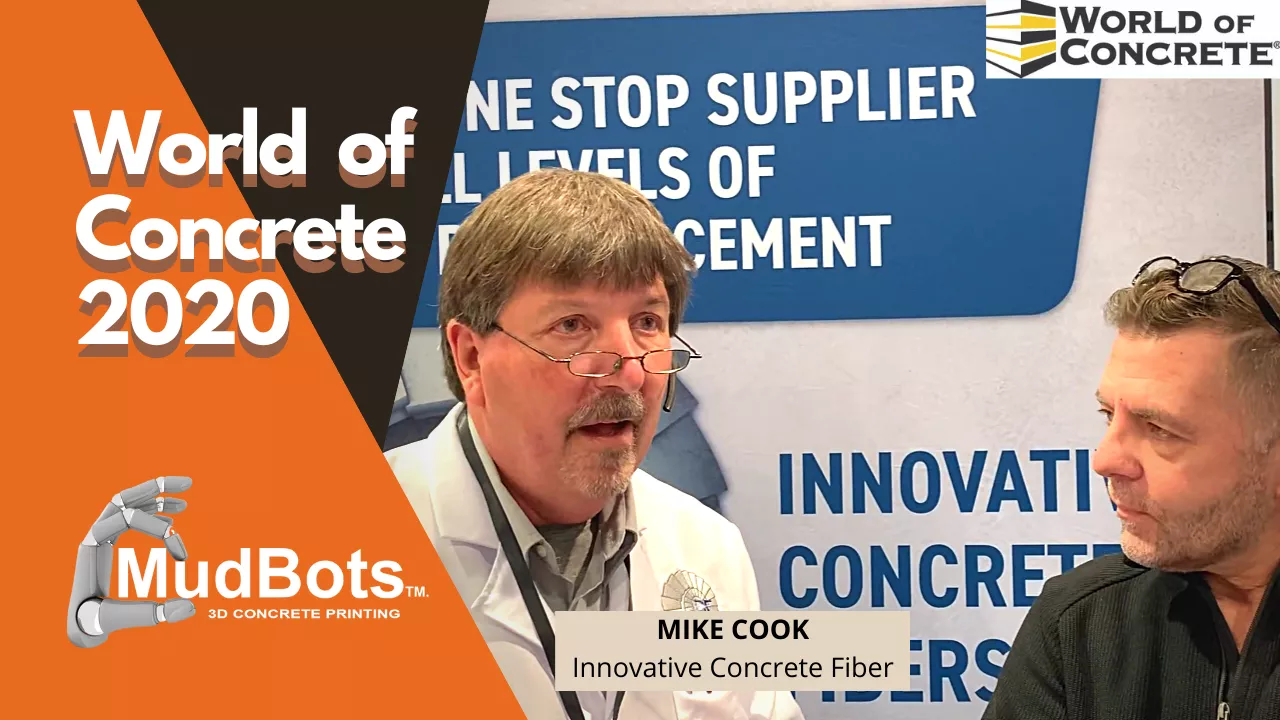Share
General
Learning the Website Calculators
By Mudbots ● Aug 03, 2020 ● Duration: 00:42:39 ● 61
We offer several online tools on our website which you can use to calculate the costs of materials, the number of raw materials needed, the overall project costs, and more. These calculators can be used for FREE when you create an account with us. Watch out for PART 2.
More concrete printing videos

